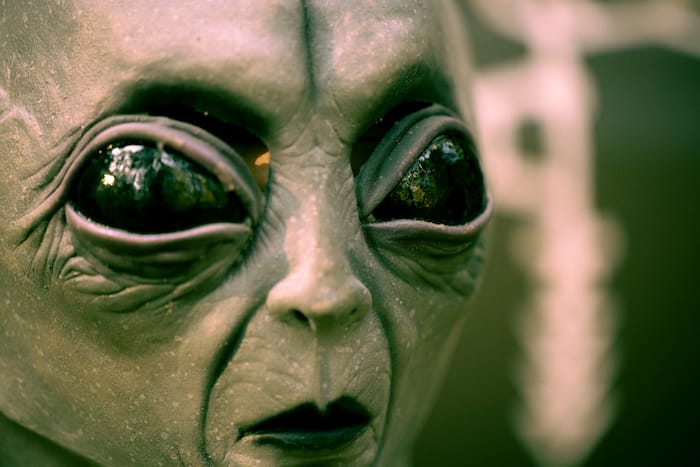The James Webb Space Telescope was launched by NASA on December 25, 2021.

Extraterrestrial Life: The James Webb Space Telescope, heralded as the most powerful space telescope ever built, has reportedly discovered what is being hailed as the “strongest, most promising sign” of life on another planet and is poised to further investigate this finding.
Exoplanet K2-18b, situated 124 light-years from Earth, is believed to likely contain dimethyl sulfide (DMS) gas in its atmosphere.
To break it down for you, dimethyl sulphide (DMS) gas is only produced by life on Earth.
The James Webb Space Telescope (JWST) was launched by NASA on December 25, 2021, on an Ariane 5 rocket from Kourou, French Guiana. It arrived at its destination in January 2022 which is a solar orbit near the Sun-Earth L2 Lagrange point, about 1.5 million kilometres (930,000 mi) from Earth.
The telescope’s first image was released to the public on 11 July 2022.
Since then, scientists have gathered a plethora of information, especially about extraterrestrial life and the data that could give a whole new perspective on stars, planets and galaxies deeper into the cosmos than ever before.
The curiosity about life on other stars, planets, and galaxies has pushed us to new realms and edges and this latest rendezvous with Exoplanet K2-18b exoplanet seems to have taken us even ahead in our quest and in a position to answer them with a tremendous leap forward.
Scientists have detected clues of something hidden in the atmosphere that may eventually prove that life exists somewhere other than Earth. It is known as dimethyl sulphide (DMS), a gas. The gas has a single source on Earth. According to NASA, it is “only produced by life,” mostly by “phytoplankton in marine environments.”
The study’s lead astrophysicist from Cambridge, Dr Nikku Madhusudhan, told The Times newspaper that while the researchers could say with more than 50% confidence that DMS was present based on preliminary data returned by the JWST last year, this is far from “conclusive evidence.”
The Times reported on April 26 that the James Webb Space Telescope was all set to direct its gaze to a far-off planet in a different solar system to examine one of the most intriguing clues to extraterrestrial life that has ever been found. This follows the discovery of a planet by astronomers that was rich in gas that could “only be produced by life.”

